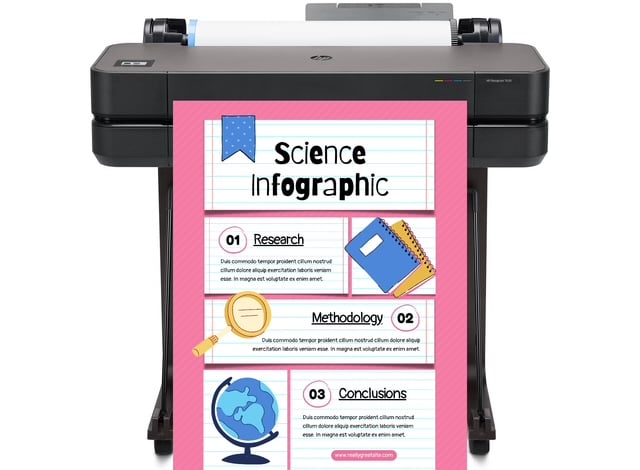
DISCOUNTED EDUCATION PRICING! CALL 1-877-891-8411. We Gladly Accept School Purchase Orders!

Let’s be honest—traditional classrooms just don’t cut it anymore. Rows of desks, dry lectures, and endless worksheets don’t ignite student potential. But what does?
✨ Creativity. Imagination. Exploration.
A creative classroom is a place where students feel safe to take risks, explore big ideas, and engage with learning in hands-on, meaningful ways. Whether you’re a veteran educator or new to the profession, this guide will show you how to transform your classroom into a space where curiosity rules and innovation thrives.
Let’s dive in!
A creative classroom isn’t just “fun” or “artsy.” It’s an intentional space—physically and emotionally—where students are invited to:
When students are given choice, voice, and challenge, they don’t just memorize—they create, invent, and connect.
“Creativity is intelligence having fun.” — Albert Einstein
The most important factor in a creative classroom? You.
Teachers set the tone. If you want students to think outside the box, you’ve got to show them how.
💡 Try this: Start your week with a “Curiosity Question” or “Mystery Box Challenge” to get students thinking creatively right from the start.
Think of your classroom like a stage. The layout, colors, lighting, and materials all influence how your students think and behave.
🎨 Let your students help design the space—it builds ownership and investment in the learning environment.
Creativity doesn’t mean tossing out the curriculum—it means breathing life into it.
Here’s how you can infuse creativity into any subject:
📌 Pro Tip: Connect subjects with cross-curricular projects—like building a sustainable city, writing climate PSAs, or launching a classroom business.
Want students to really care about what they’re learning? Give them a reason.
Project-Based Learning (PBL) encourages deep learning by focusing on authentic challenges that students solve over time.
Examples:
🙌 These aren’t just projects—they’re launchpads for creative thinking.
EdTech should be more than digital worksheets. Used creatively, it becomes a powerful tool for innovation.
🧑💻 Set a goal for every tech tool: “How does this tool allow students to express something unique or personal?”
The most creative students aren’t always the most talented—they’re the most confident to try.
📣 Quote to post on the wall: “In this room, we don’t fear mistakes—we use them to build masterpieces.”
The walls of your classroom should be more than decoration—they should speak.
🖨️ Use a school poster printer to customize posters, goal trackers, anchor charts, or visual directions. Let students design their own signs too!
It’s hard to grade a great idea—but there are ways to know it’s working.
🎯 Use student self-assessments, peer feedback, and project rubrics that focus on process (not just product).
The goal of education isn’t just to prepare students for tests—it’s to prepare them for life. And life demands creativity: to adapt, to solve, to lead.
Creating a creative classroom doesn’t require a huge budget or Pinterest-perfect decor. It requires mindset, intention, and a willingness to trust the process.
✨ Start small. Build momentum. Keep it playful.
Every sticky note, doodle, brainstorm, and “failed” experiment is a stepping stone toward deeper, more joyful learning.